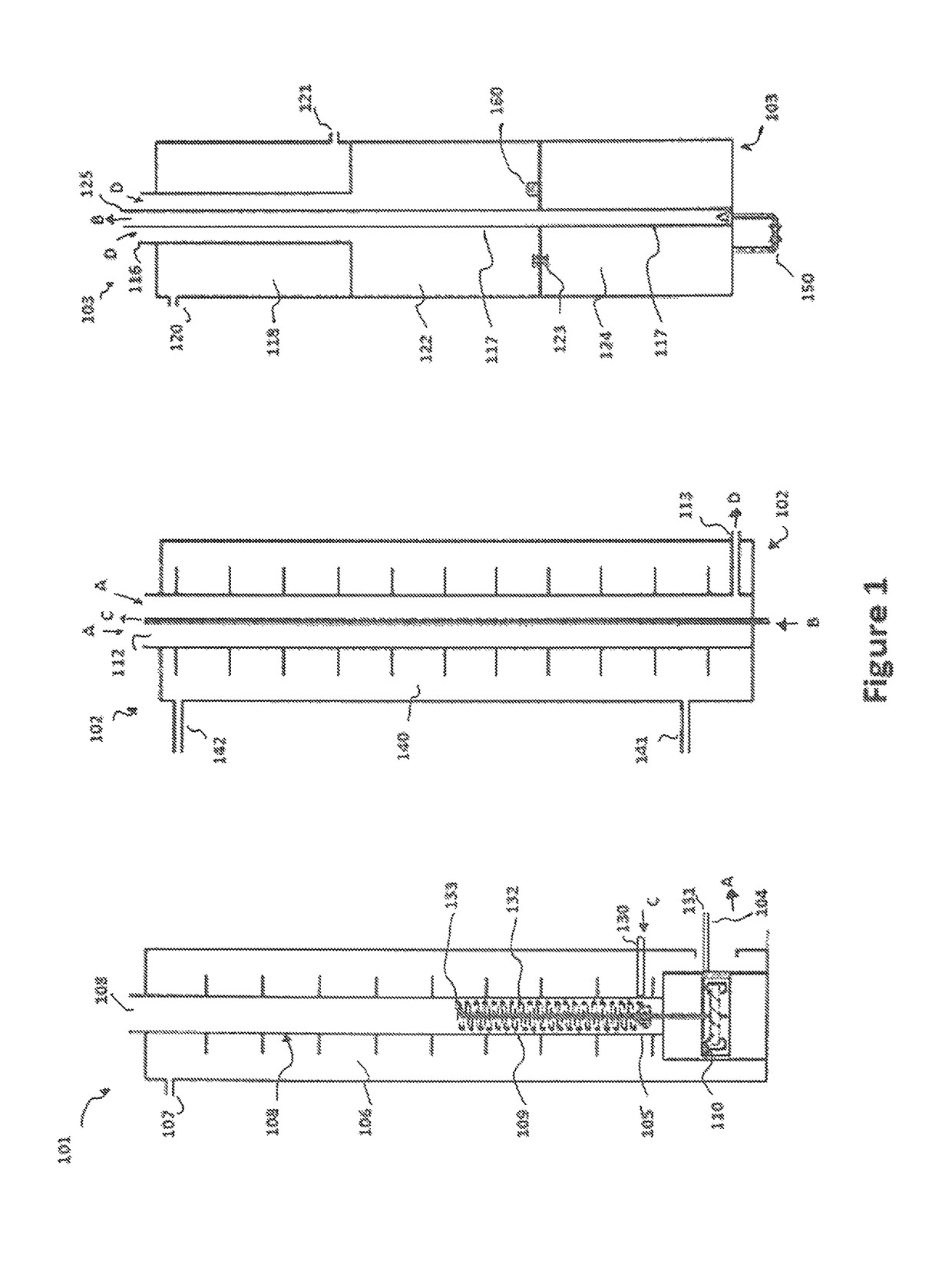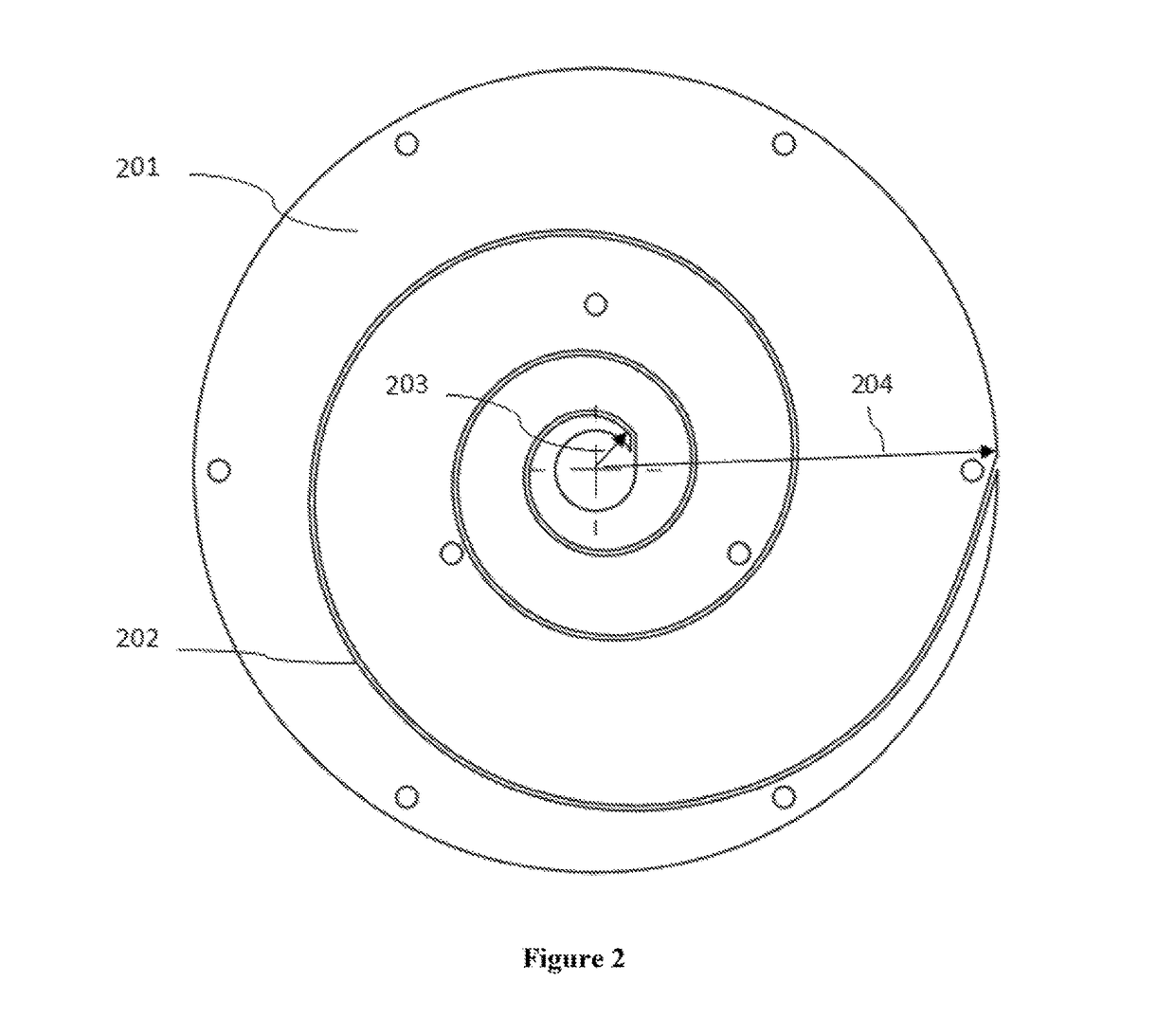Combined electricity, heat, and chill generation for a Rankine engine
a technology of combined electricity and rankine engines, applied in the direction of machines/engines, mechanical equipment, light and heating apparatus, etc., can solve the problems of capturing waste heat from electricity generation, outdated thomas edison model of centralized power generation, etc., to reduce entropy generation, high pressure, and efficient conversion of heat into work
- Summary
- Abstract
- Description
- Claims
- Application Information
AI Technical Summary
Benefits of technology
Problems solved by technology
Method used
Image
Examples
Embodiment Construction
[0025]The present invention use a single cycle for a working fluid to provide the three functions of electricity, heat, and chill generation.
[0026]Examples of working fluid are listed in the decreasing order of preference. Carbon dioxide is preferred due to its low cost, environmental friendliness compared to prevailing refrigerants, and its much lower boiling point. A low boiling point allows a broader range of pressure to change the boiling point for the purpose of heat pumping. Carbon dioxide is also inert and stable for high temperature operation of the heat engine.
[0027]Ammonia is next preferred due to its popularity of use for absorption chilling. Ammonia is easier to liquefy than carbon dioxide under pressure. The use of ammonia for chilling in our tri-generation scheme may not require an external chiller to force liquefaction. Ammonia can be liquefied at 20 bar pressure at a high temperature of 50 degree Celsius. Ammonia however has the disadvantage in that it is combustible...
PUM
 Login to View More
Login to View More Abstract
Description
Claims
Application Information
 Login to View More
Login to View More - R&D
- Intellectual Property
- Life Sciences
- Materials
- Tech Scout
- Unparalleled Data Quality
- Higher Quality Content
- 60% Fewer Hallucinations
Browse by: Latest US Patents, China's latest patents, Technical Efficacy Thesaurus, Application Domain, Technology Topic, Popular Technical Reports.
© 2025 PatSnap. All rights reserved.Legal|Privacy policy|Modern Slavery Act Transparency Statement|Sitemap|About US| Contact US: help@patsnap.com



